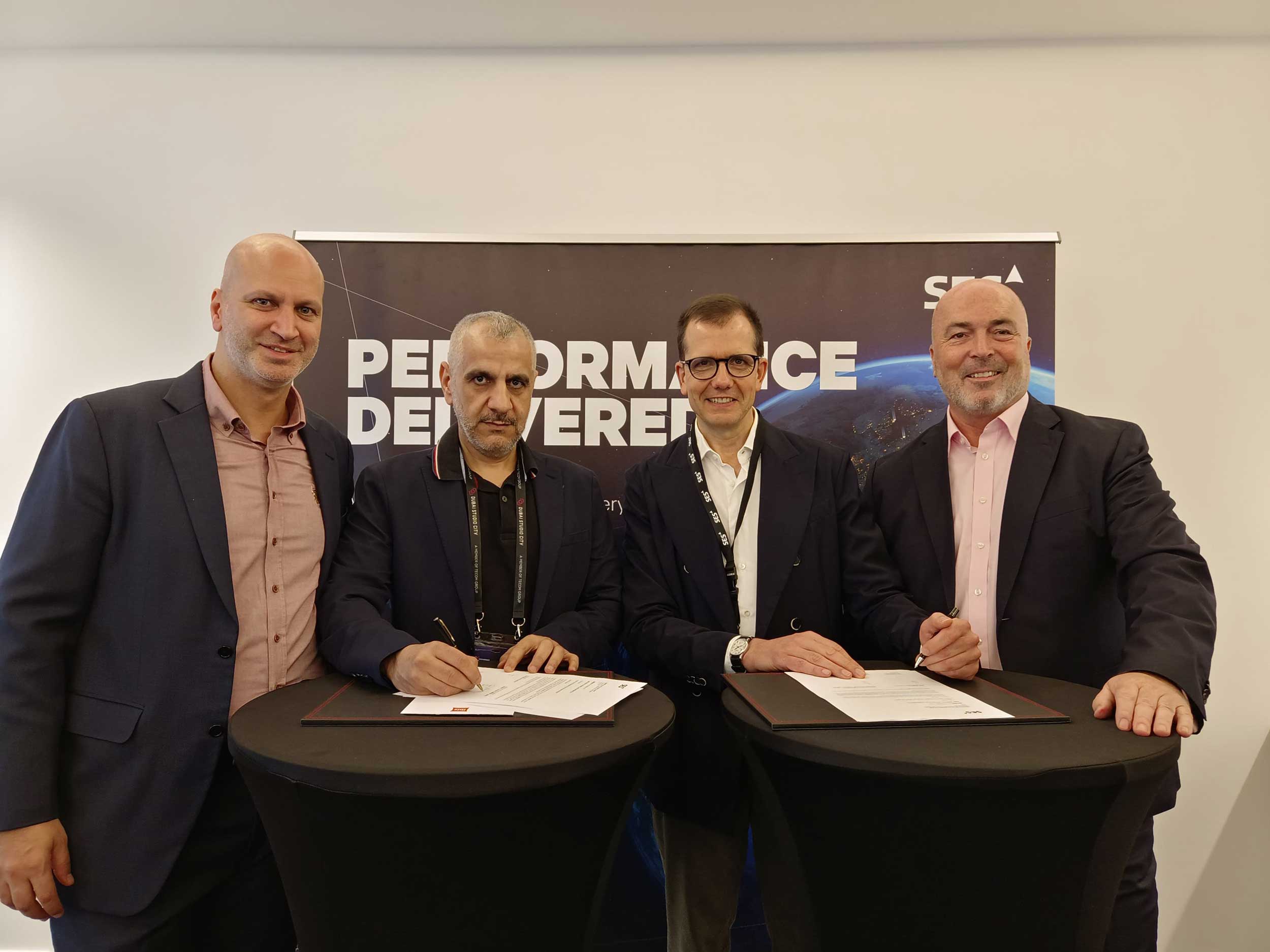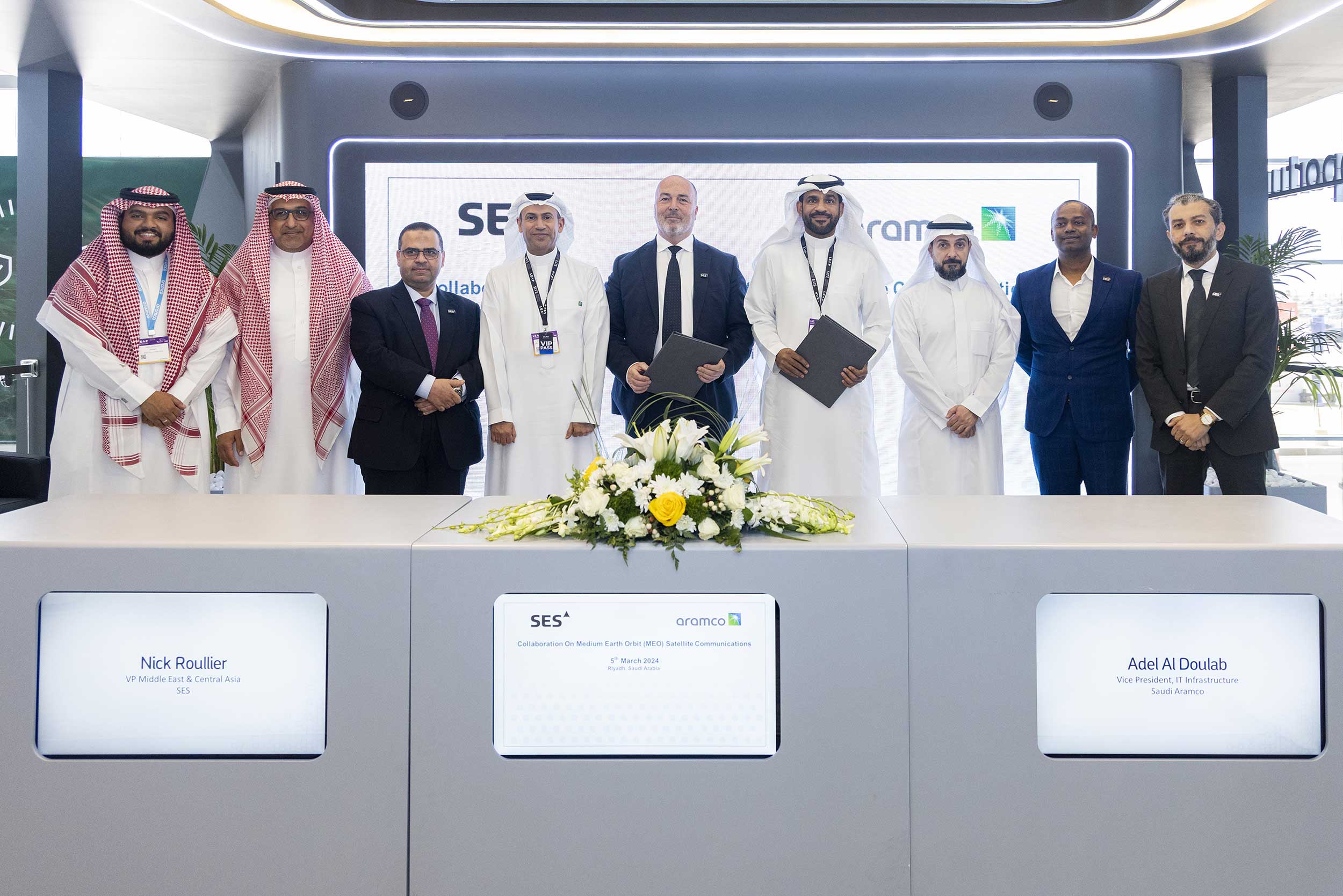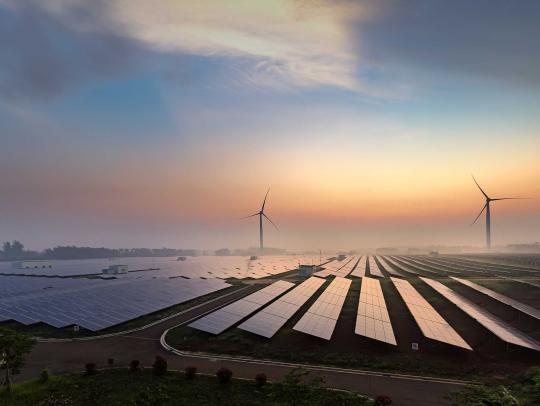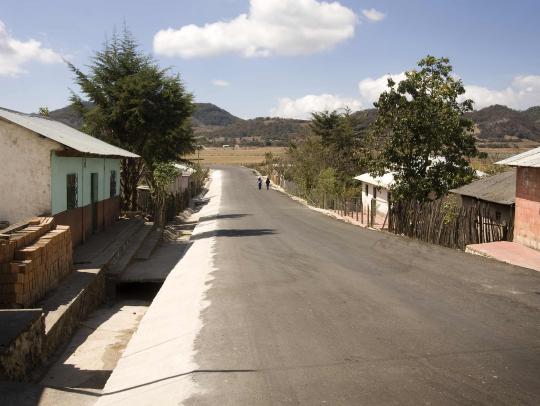Connectivity Landscape in the Middle East: 3 questions to Nick Roullier

Now that CABSAT has come to an end, we talked to Nick Roullier, VP Sales MECA and Partner Success at SES, about his impressions and key takeaways.
What excited you most about this year’s CABSAT?

Partner Success
CABSAT is always a feast for anyone involved in the satellite industry in MEASA, and this year was no exception. The potential in this region is tremendous. In the four years to June 2023 bandwidth consumption in the Middle East grew at a compound average growth rate (CAGR) of over 30%. According to a report from Insiders Intelligence, there is no sign of a slowdown; an estimated 80 million additional users are expected to come online in the Middle East and Africa by 2027. This is both a challenge and an opportunity, and one that SES is well placed to address.
Naturally, having successfully led many partnerships in the region, particularly in the Enterprise sector, it was great to see many of our customers, partners and prospects that I have known for many years and exchange about the key trends driving satellite connectivity in the region.
CABSAT is the perfect opportunity to bolster our relationship with our customers: we announced at the event we are continuing our work together with Datanet Telecom Ltd. to provide end-to-end enhanced broadband services to oil camps, benefitting staff’s operations and data transmission via our MEO satellites.

What are these trends that everyone was excited to see?
There are several things underlying this growth in connectivity. Firstly, GDP growth. During the last ten years, the real GDP in the region increased by 51%, whereas in the rest of the world it increased by only 28%. One key factor behind this growth is to be attributed to the region’s demographics: the MEASA region is home to over 50% of the world’s population, with a median age below 24, a young generation with demanding connectivity needs.
Secondly, the fact that connectivity is deemed essential to adequately sustain mission-critical digital applications everywhere. It is therefore not surprising to see the oil and gas industry as a leading driver of connectivity growth in the region. Globally, digital transformation in in this industry is expected to grow at a CAGR of almost 17% in the five years to 2028, oil and gas enterprises in MEASA are no exception to this growth.
Historically, geostationary satellites have provided connectivity for the industry. However, according to NSR a lot of that connectivity is now migrating to non-geostationary satellites (NGSOs) which are forecast to provide over 60% of satellite connectivity needs for the oil and gas industry by 2031. Great news for SES with our medium earth orbit constellations, O3b and O3b mPOWER. Some of the factors driving this transition are greater capacity, low latency, and improved security.
A fast rollout of 5G in parts of the region and increased Cloud usage by enterprises are other key factors driving growth. In the Middle East alone, over 85% of enterprises have already implemented at least one Cloud platform. The general expectation of an “always on” connectivity, no matter where people are, is another key driver. For example, airline and cruise passengers, as well as crew expect constant connectivity.
It was gratifying to see that everyone we talked to, was as excited about this growth and the prospects for satellite, as I am!
How is SES positioned to address those trends?
“If you brake, you don’t win,” to quote Mario Cipollini. SES is full steam ahead with new capabilities and partnerships, addressing today’s and tomorrow’s needs. With our high capacity and low latency O3b and O3b mPOWER satellites we’re able to address latency-sensitive applications. Alongside our MEO constellations, our geostationary orbit (GEO) satellites provide comprehensive coverage, enabling SES to lead the market when it comes to multi-orbit networks.

We have recently signed an MoU with Aramco, one of the world’s leading integrated energy companies. This is to explore potential collaboration opportunities to accelerate Aramco’s digital transformation goals, as well as providing 5G backhaul for its remote sites across the Middle East.
We also have an O3b mPOWER gateway at Ras Al Khaimah, where we’ve partnered with Microsoft Azure and the Carrier and Wholesale division of e&, to offer one-hop connectivity to the Cloud.
In addition, we’ve demonstrated satellite-enabled voice and data 5G backhaul in partnership with du, who will now be able to extend 5G coverage to remote and offshore locations and offer multi-gigabit, cloud-optimized, low latency connectivity.
SES is not braking; we have the tools and capabilities to address the ongoing communication needs in MEASA and I’m looking forward to doing just that!




